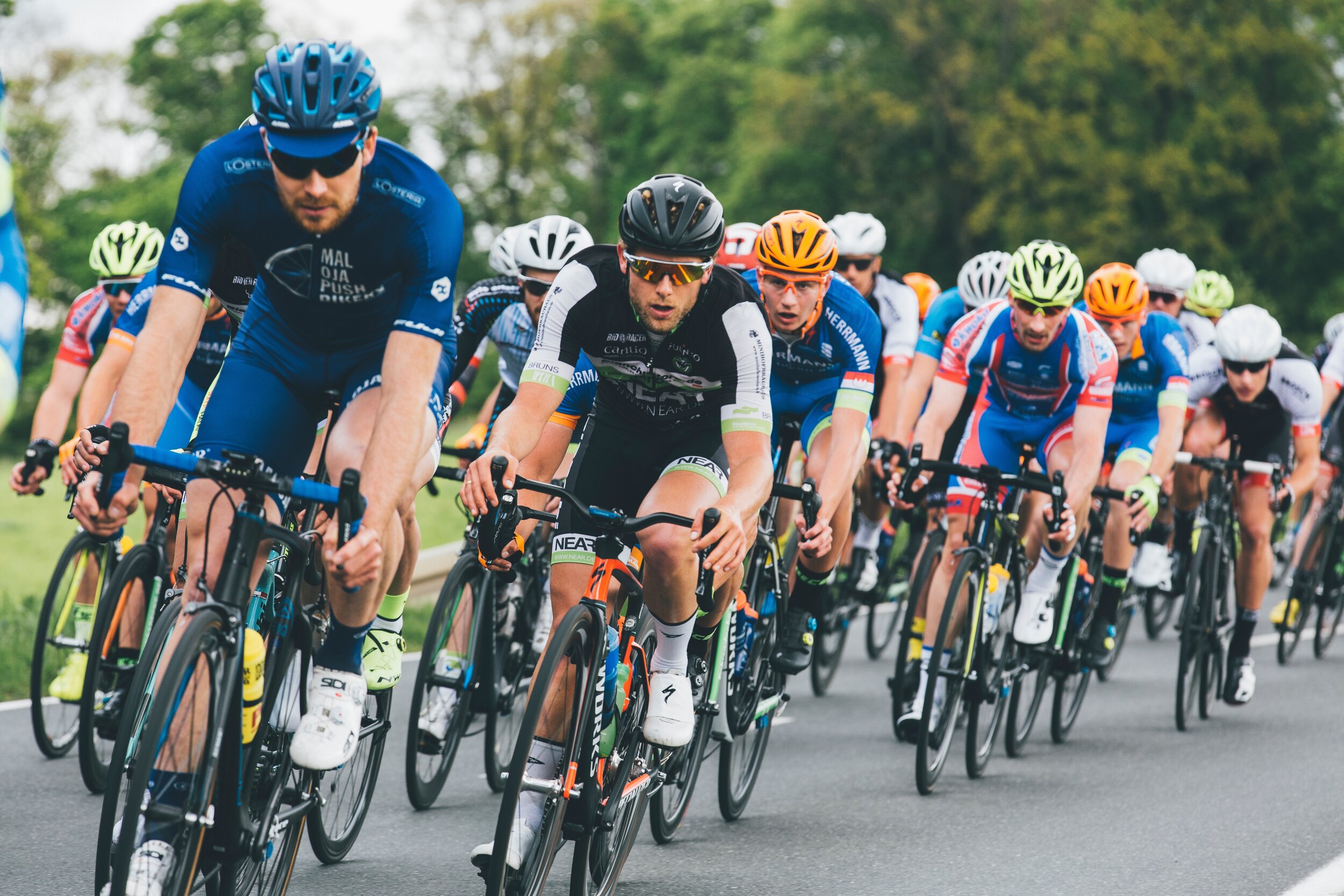Cyclists Guide To Preventing Wrist Injury
You’re riding up hill. Legs pumping, heart pounding. Breath bursting from your chest.
As you reach the peak, relief washes over your body. Except your fingers… are they even there?
Known as Handlebar Palsy or Cycling Palsy, this numbness is an incredibly common complaint within the cycling community.
The numbness itself is annoying. Perhaps inconvenient you might say. Unfortunately, it’s often more than that.
Numbness or tingling can be signs that your body’s injury warning system has been triggered. Your wrists are under attack.
Wait, what? Is it serious?
The symptoms you are experiencing are caused by compression of the ulnar and/or the median nerve.
The ulnar nerve enters the hand at the wrist and at the heel of your palm. When you press your hand into the handlebar, the ulnar nerve is compressed by the bones of the wrist and hand.
The same goes for your median nerve. Pinched between the ulnar nerve and the carpal tunnel, too much pressure will make the fingers numb.
With enough pressure you could temporarily lose feeling to the whole hand.
Untreated, this state can lead to conditions including carpal tunnel syndrome.
Luckily, handle bar palsy is easy to catch early and resolve.
Start with your bike
First and foremost, check your bike set up.
Is the seat too high? Handle bars too low? It’s often it can be that simple.
The way that your saddle and handlebars are adjusted is really down to personal preference. Often the more comfortable position (and the one that is better for your wrists) is slightly elevated handle bars.
On a flat road or slight incline, try resting your wrists on top of the handle bars. If you can do this without pressure you are on the right track.
Another thing to consider is whether your bike is the right size for you. When the bike is too big, it forces you to stretch toward the handlebars.
Holding your wrists in an over extended position leaves the joint exposed to injury.
Check your wrist positioning. Your grip on the handlebars should be firm, but relaxed.
Wear gloves
When you think of cycling safety gear, gloves are as essential as a good pair of padded shorts.
For one, they increase your grip and control of the handlebars.
Hot days equal sweaty hands. Sweaty hands make for poor grip. Gloves help to absorb the sweat before it becomes a hazard. They also help to hold your wrists in a safe neutral position.
Now we know there is something weirdly nostalgic about gravel rash. But, I’m sure we can all agree that its better lodged in the depths of childhood memory and not in our hands.
Gloves act as a second skin. Your first line of defence for your hands if you fall.
The right kind of gloves can even prevent wrist pain.
Designed with inbuilt gel pads, they absorb road vibration. Even a small amount of cushioning can make a big difference.
Gel padding is the ideal shock absorber.
This kind of padding is designed to relieve pressure from the ulnar nerve. It is the largest and most unprotected nerve in the body. Extra protection goes a long way in reducing discomfort.
The WAGs Flex Glove design has a slim wedged gel pad for maximum flexibility. This makes them ideal for cycling.
WAGs also cater to cyclists that require a higher level of support. With four designs to chose from you can pick the gel thickness and glove structure that feels most secure to you.
Enjoy cycling without hand and wrist pain
You don’t need wrist pain putting a premature holt to your Saturday ride.
Cycling can improve your physical and mental health. It’s great for cardiovascular fitness, reducing your risk of heart attack and stroke. It’s also great as a low impact activity for your knees.
With the right equipment and protective gear, you’ll be ready to conquer any road in your path.



